Bentley's digital co-creation process puts you in the drivers seat
The Bentley Co-Creation program empowers more daring design statements, with consultations now happening in virtual reality
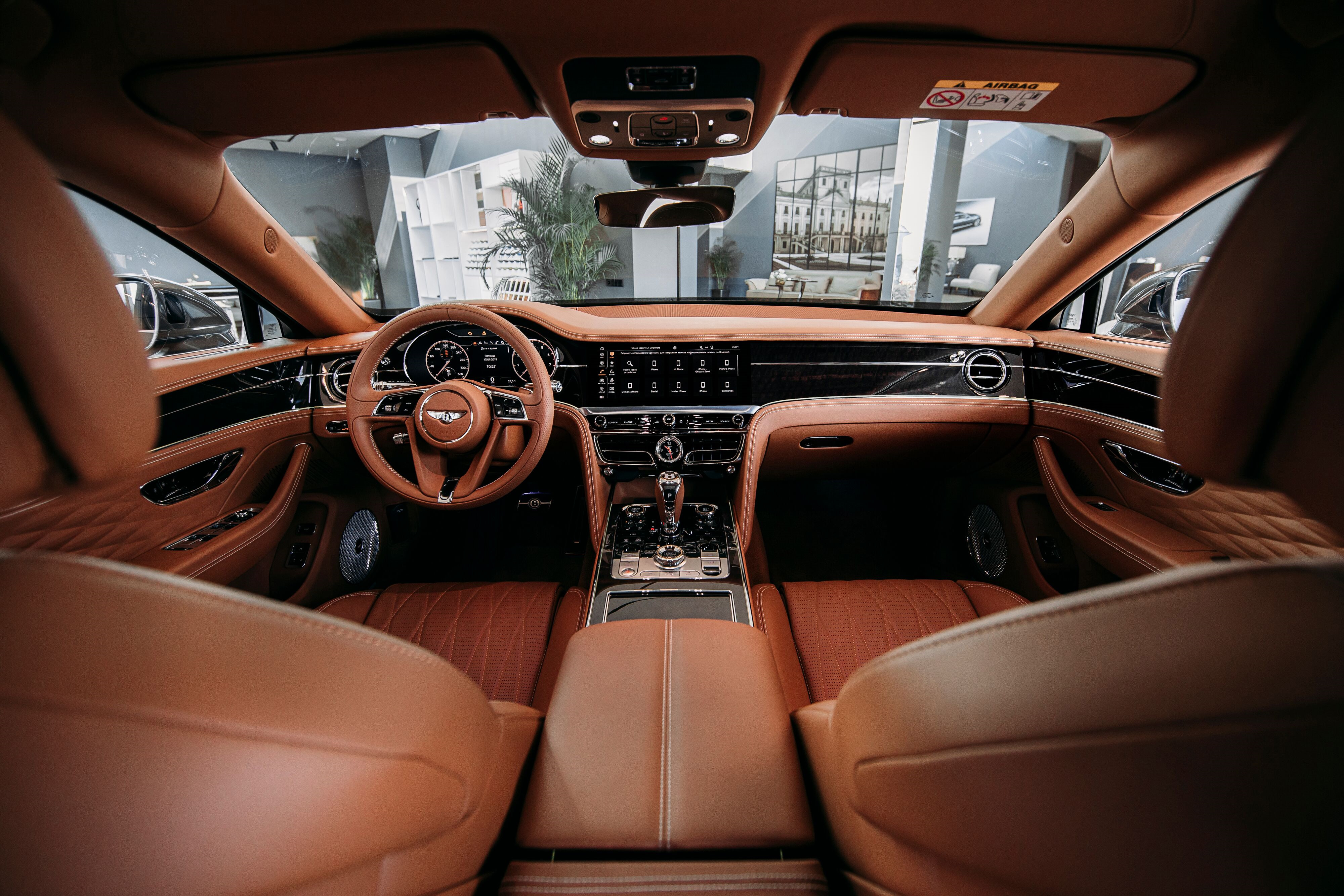
The allure of shiny new things has certainly been tempered by the global shut-down, but desire is only diminished, not entirely dispatched. We can look, but not touch. The virtual showroom has been an essential means of specifying cars for many years now, with ‘configurators' proliferating across every brand that allow you to paint, trim, specify and spin the model of your choice to an exacting specification. Ordering is then a click away, with some companies going further by giving you an immersive VR experience of ‘your' design before pulling the trigger on production. But what of luxury brands? Almost since the automobile's inception, luxury has equated to bespoke, a process that demands hand-holding and special treatment along every stage. Bentley are diversifying their traditional online offering into a service that goes a little bit further, with actual interaction between potential customer and one of the car-maker's design team. Brett Boydell, head of interior design at Bentley, explains how it works. ‘We're effectively allowing customers to directly access members of the design team,' he says, ‘we’re always looking for ways to improve the customer experience and they’re often bamboozled by the amount of options available.’
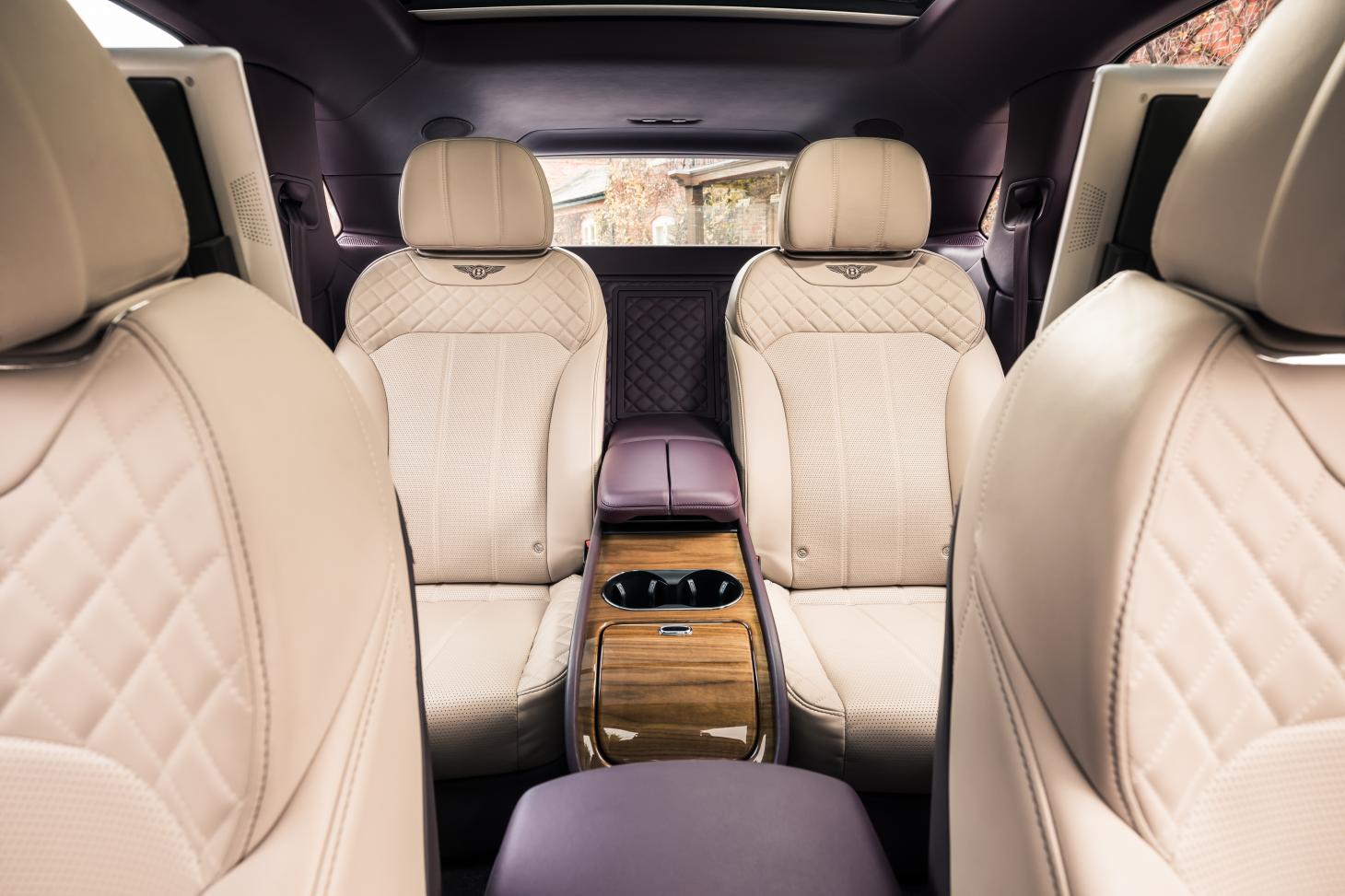
Bentley Flying Spur customised interior
The Bentley Co-Creation program began long before phrases like ‘self-isolation' had even entered the language. However, as Boydell notes, ‘it was always intended to be a digital process. We have to combine these appointments with our day to day work and although this is more challenging with different time zones, Co-Creation is something that can be expanded into the virtual world.’ The original system was about extending Bentley's personal relationship with potential customers. After making contact through their dealer or the Bentley Network app, the customer is invited to take an interactive survey that results in their very own mood board, showing their interests, favourite colours, materials, combinations, atmospheres, etc., from a stock selection of imagery chosen by Bentley’s own design team. ‘We then create a specification alongside this mood board, using their suggestions and send it back for comment,’ Boydell explains.
‘Sometimes they just say we’ve done it. But other times it starts a conversation about making a much more daring statement.’ Typically, this involves creating a screen sharing session and setting up Bentley’s online configurator software so that so a designer can ‘sit’ alongside the customer as they run through the options. ‘Of course, they can also work by emails and texts if they like,’ Boydell says, but the instant feedback available through the website is the best approach. ‘We want customers to not only enjoy the creative process but also to love their cars. They’re an expression of their personality,’ says Boydell, ‘where we often find this approach is most successful is when we’re launching a new car, simply because there are no physical examples of the model on hand to distract them.’ While customers like the design-led process because of the confidence it engenders, it also emboldens Bentley’s many worldwide dealers. It’s hard to conceive buying such a bespoke object as instant gratification, but some markets demand a healthy stock of vehicles for exactly this reason.
‘We have to uphold the standards of Bentley,’ Boydell concludes, ‘it’s a different individual experience for each customer.’ There are a vast number of combinations; the new Flying Spur’s interior has 17 main hide colours, 11 secondary colours and 5 interior colour splits, for example. Having a designer on hand is the ultimate in customer service, pointing the way towards bold ideas and – gently – reigning in more outlandish ideas. But if even that’s not enough, Bentley’s digital co-creation team is more than happy to hand a customer on to the Mulliner department, where the sky truly is the limit. The customer, after all, is always right.
INFORMATION
Receive our daily digest of inspiration, escapism and design stories from around the world direct to your inbox.
Jonathan Bell has written for Wallpaper* magazine since 1999, covering everything from architecture and transport design to books, tech and graphic design. He is now the magazine’s Transport and Technology Editor. Jonathan has written and edited 15 books, including Concept Car Design, 21st Century House, and The New Modern House. He is also the host of Wallpaper’s first podcast.
-
 The beauty trends that will define 2026, from ultra-niche fragrances to anti-ageing dental care
The beauty trends that will define 2026, from ultra-niche fragrances to anti-ageing dental careAs we enter the new year, we speak to experts in fragrance, skincare, aesthetics, wellness and more about the trends that will be shaping the way we look
-
 The most stylish hotel debuts of 2025
The most stylish hotel debuts of 2025A Wallpaper* edit of this year’s defining hotel openings. Design-led stays to shape your next escape
-
 Neo-Gothic grandeur and decadent martinis await at Hawksmoor St Pancras
Neo-Gothic grandeur and decadent martinis await at Hawksmoor St PancrasThe dining room at the St Pancras London hotel has proved to be a revolving door for big-name chefs; now, it's Hawksmoor’s time to shine
-
 Bentley beefs up its range with new hybrid options, power hikes and bolder design
Bentley beefs up its range with new hybrid options, power hikes and bolder designMontana served up a backdrop of natural wonders in which to experience the latest nips and tucks to Bentley’s mainstay range, the Continental GT, Continental GT Convertible and Flying Spur
-
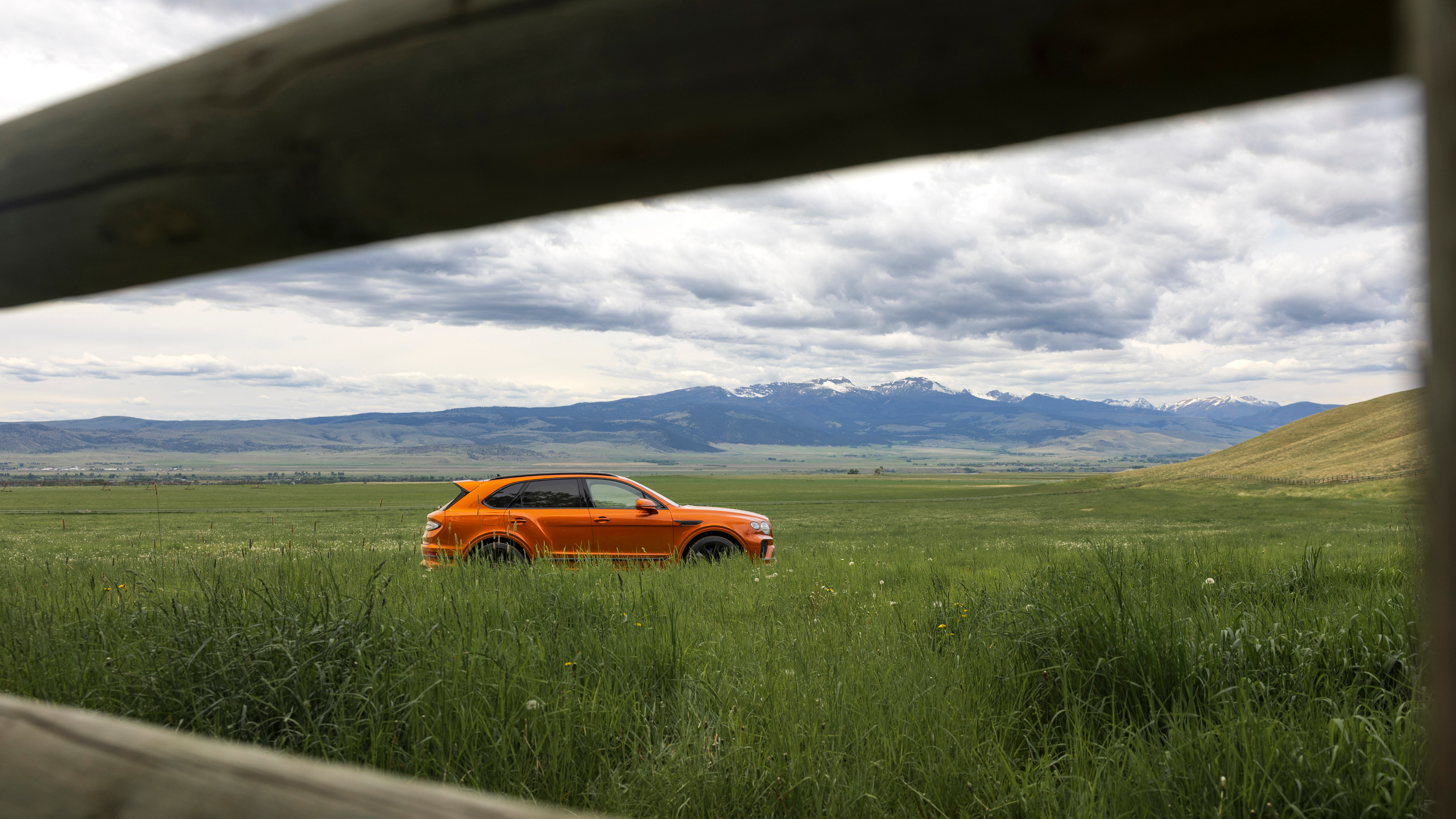 It’s big, bold and loud without a battery in sight. Meet the new Bentley Bentayga Speed
It’s big, bold and loud without a battery in sight. Meet the new Bentley Bentayga SpeedWe kick up dust in the new V8-powered Bentayga Speed as Bentley brings its luxury SUV challenger to the Big Sky State
-
 Wallpaper* takes the wheel of the Bentley Blower Jnr for a rich automotive experience
Wallpaper* takes the wheel of the Bentley Blower Jnr for a rich automotive experienceHedley Studios has shrunk the mighty Bentley Blower into this all-electric, road-legal barnstormer. We take it to the streets of London
-
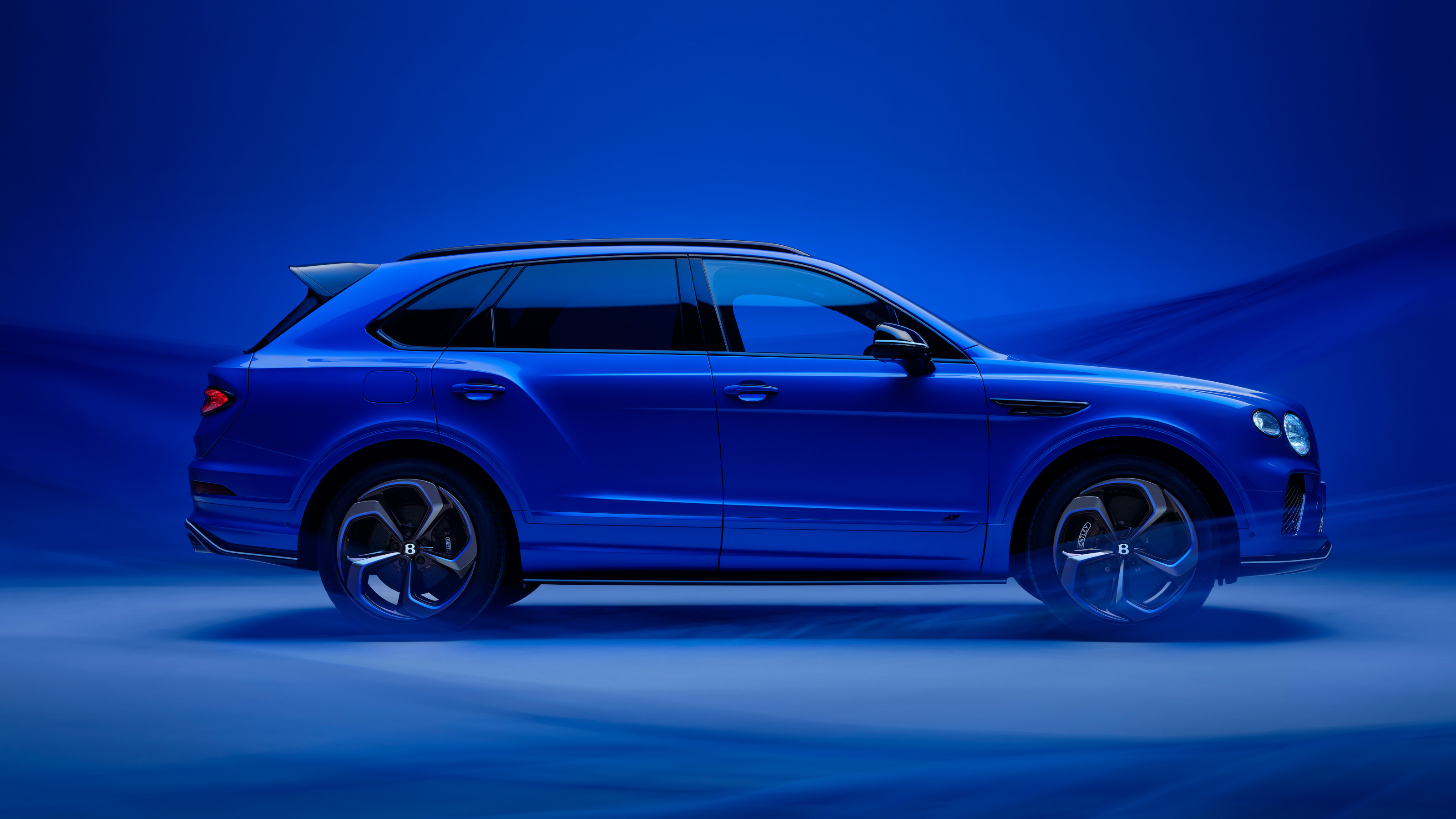 Bentley collaborates with fashion designer Supriya Lele to create ‘Nīla Blue’
Bentley collaborates with fashion designer Supriya Lele to create ‘Nīla Blue’This one-off Bentley Bentayga S showcases a new paint and interior specification created with Indian-British designer Supriya Lele
-
 The new Bentley Continental GT Speed surpasses its top-ranking predecessor
The new Bentley Continental GT Speed surpasses its top-ranking predecessorHigh in the Alps behind the wheel of a brand new hybrid Bentley, we reflect on what it takes to make a modern supercar
-
 Bentley describes the updated hybrid Flying Spur Speed as a four-door supercar
Bentley describes the updated hybrid Flying Spur Speed as a four-door supercarThe latest version of the Bentley Flying Spur is a technological showcase and an outstanding performer
-
 Bentley rolls out the latest version of its majestic grand tourer, the Continental GT Speed
Bentley rolls out the latest version of its majestic grand tourer, the Continental GT SpeedAvailable as both coupé and convertible, the fourth generation Bentley Continental GT Speed harnesses hybrid power to become a record breaker for the brand
-
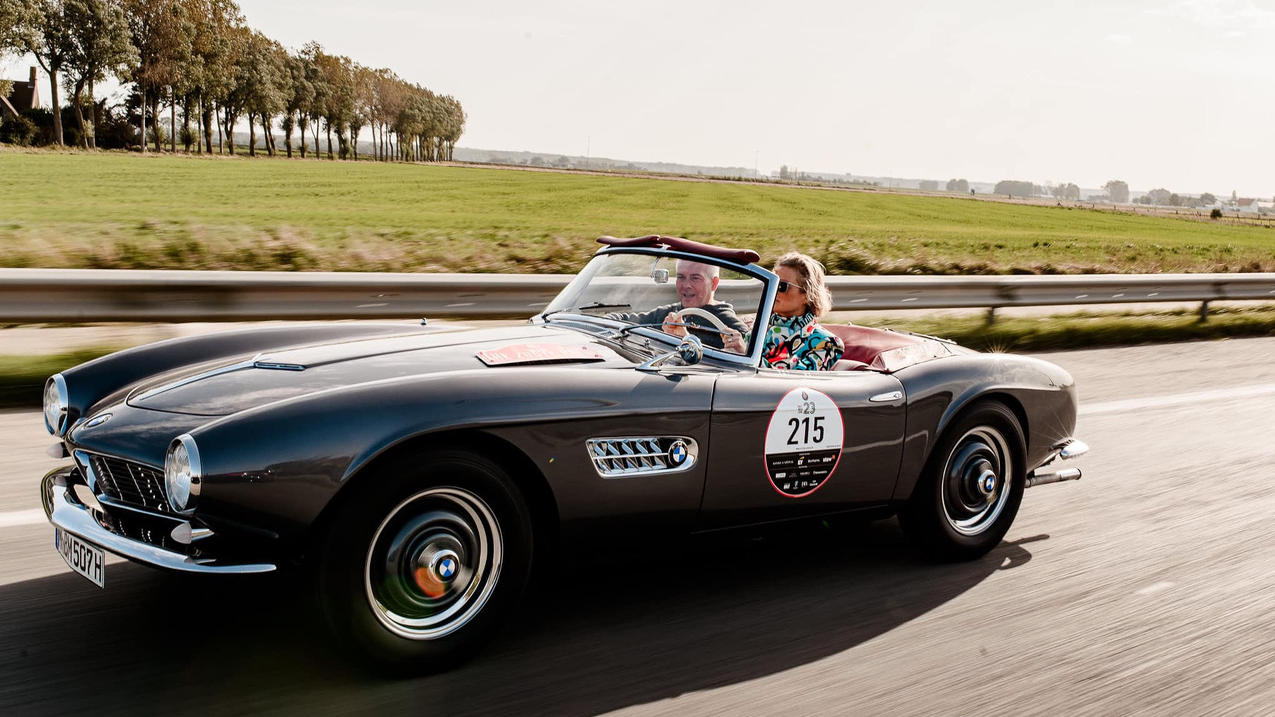 Zoute Grand Prix is a car fest like no other at a pristine Belgian beachside town
Zoute Grand Prix is a car fest like no other at a pristine Belgian beachside townAmy Serafin takes to the well-heeled streets of Knokke-Heist to experience the Zoute Grand Prix, its annual cavalcade of classic car-related events, from a rally to an auction